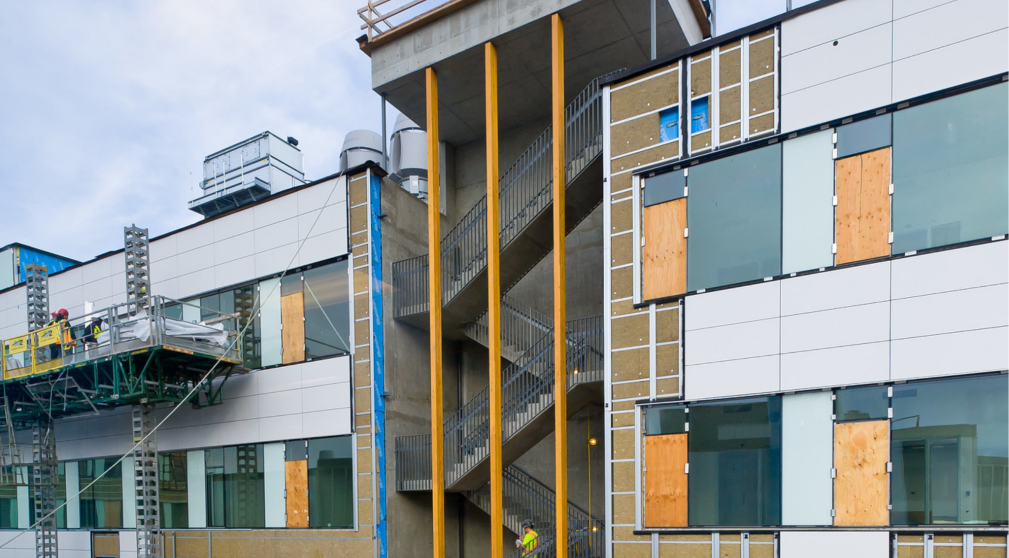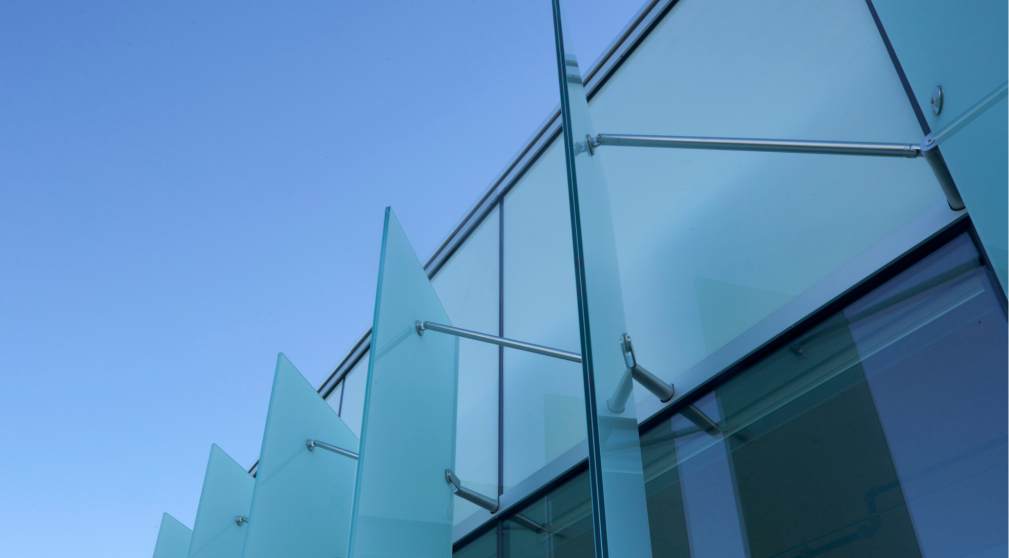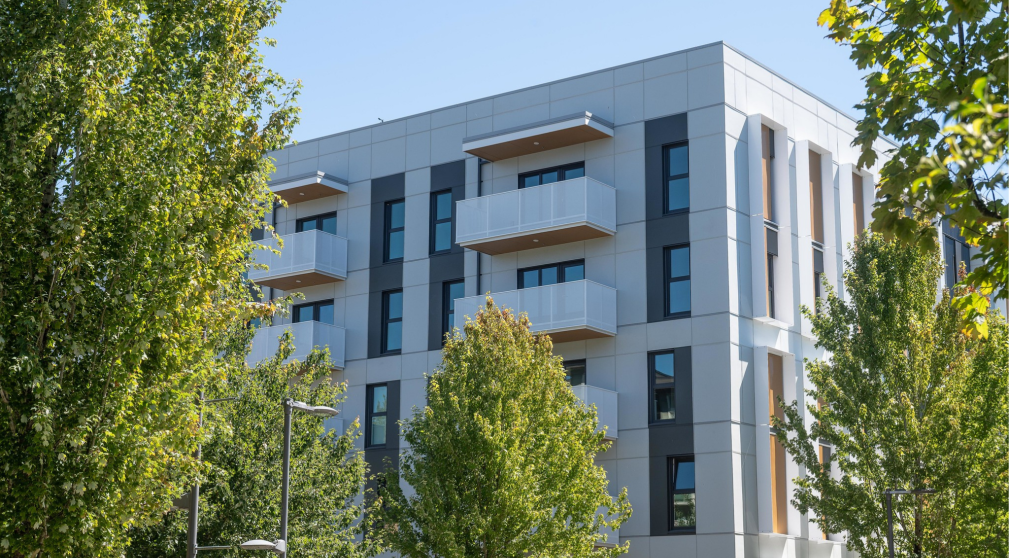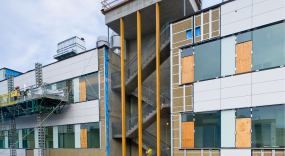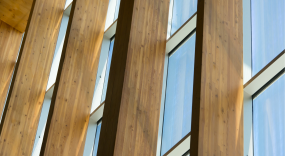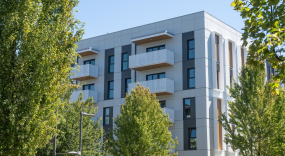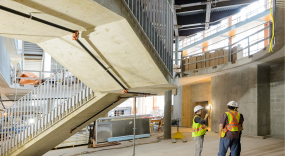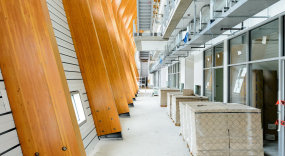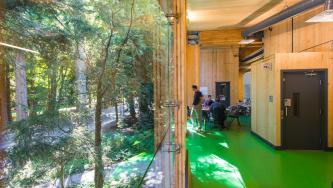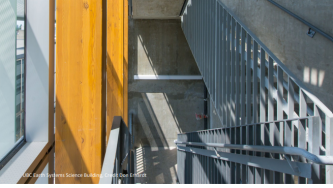
Pathways to Net-Zero Embodied Carbon in Buildings
Appuyez ici pour la version en français.
The Pathways to Net-Zero Embodied Carbon in Buildings project is a two-year project led by the Sustainability Hub at the University of British Columbia (UBC). It aims to identify and tackle the challenges of reducing embodied carbon emissions in building materials as part of Canada’s path to net-zero GHG emissions by 2050. This project builds on the UBC Campus as Living Lab projects, particularly Brock Commons Tallwood House–which included the potential reduction in embodied carbon emissions from mass timber structures–and the subsequent Embodied Carbon Pilot, which informed UBC embodied carbon policy.
To support the mandate of Canada’s Net-Zero Advisory Body related to research, this project was undertaken with the financial support of the Government of Canada. Funding was provided through the Environmental Damages Funds’ Climate Action and Awareness Fund, administered by Environment and Climate Change Canada. Net-Zero Advisory Body is a group of Canadian experts advising the Minister of Environment and Climate Change on priorities and approaches for Canada to achieve its 2050 net-zero goal.

What is Embodied Carbon?
Embodied carbon refers to the greenhouse gas (GHG) emissions generated throughout the lifecycle of building materials—from extraction and transportation to construction and disposal. While operational emissions (those produced during a building’s use) have traditionally been the focus of energy-efficient building practices, embodied carbon is becoming an increasingly significant portion of a building’s total emissions. In fact, by 2050, embodied carbon could account for over 90% of emissions from new buildings in Canada.
Why Does It Matter?
Buildings are the third-largest contributor to Canada’s GHG emissions, responsible for 12% of the annual total. When embodied carbon emissions are included, this figure rises meaningfully. Unlike operational emissions, which can be reduced through energy-efficient upgrades after construction, embodied emissions are locked in once a building is completed. This makes it essential to address embodied carbon early in the design and construction process.
Project’s Mission
The Pathways project focuses on developing actionable solutions to reduce embodied carbon emissions in buildings by fostering local and regional partnerships. Throughout the project, the project team worked:
1. to build local and regional partnerships and collaborations with BC policymakers, building practitioners, and academic experts,
2. to identify current barriers and challenges to developing and implementing embodied carbon policies and practices,
3. to explore solutions to some of the key challenges, and
4. to collect and share knowledge from the entire project.
